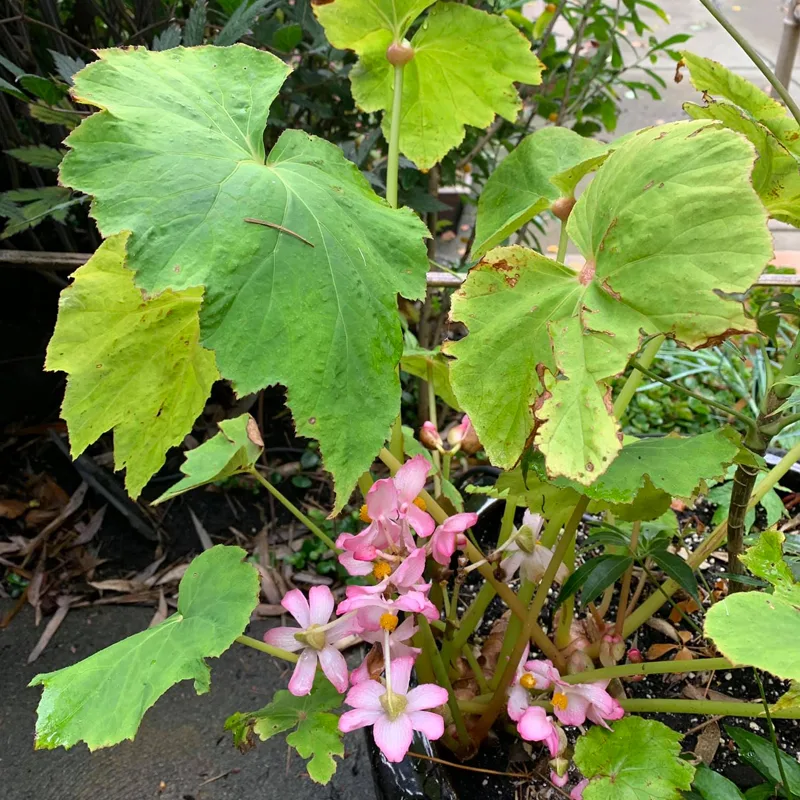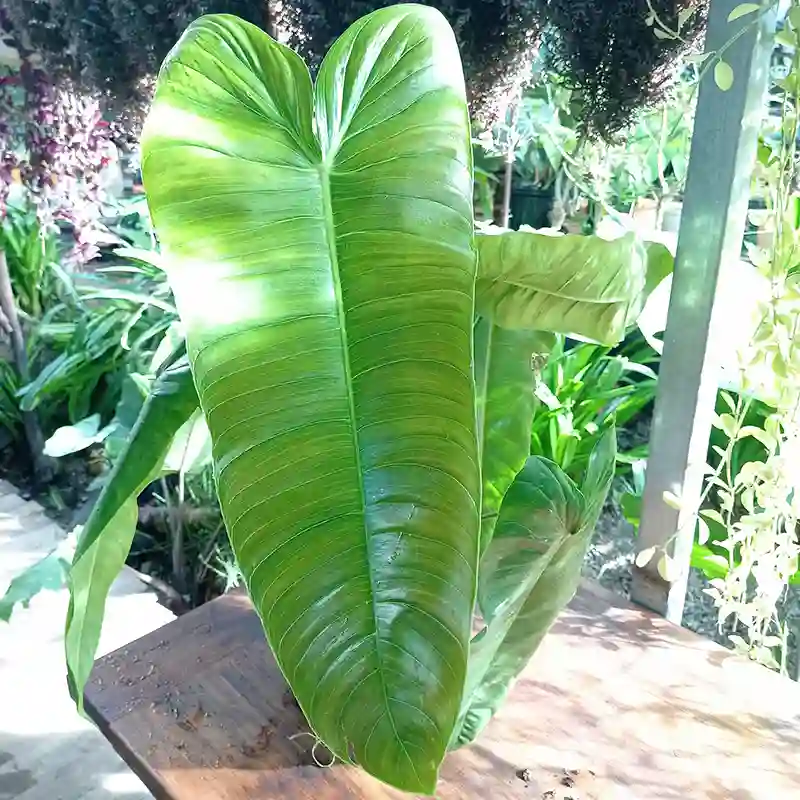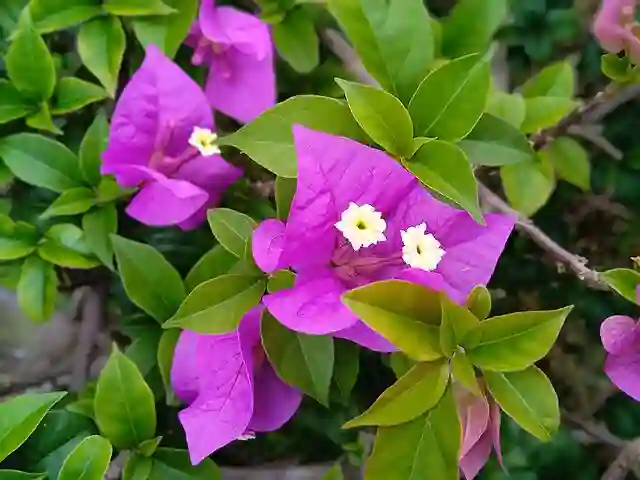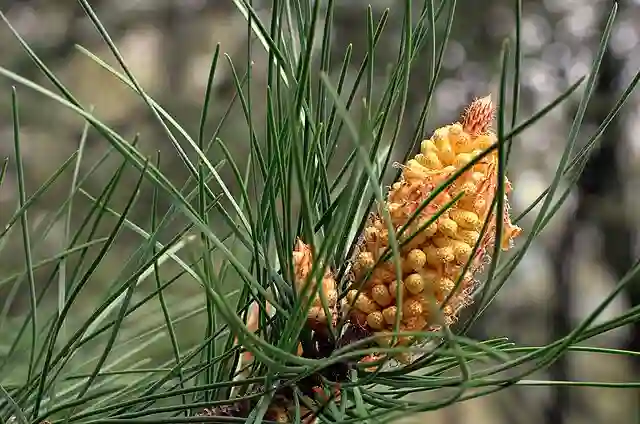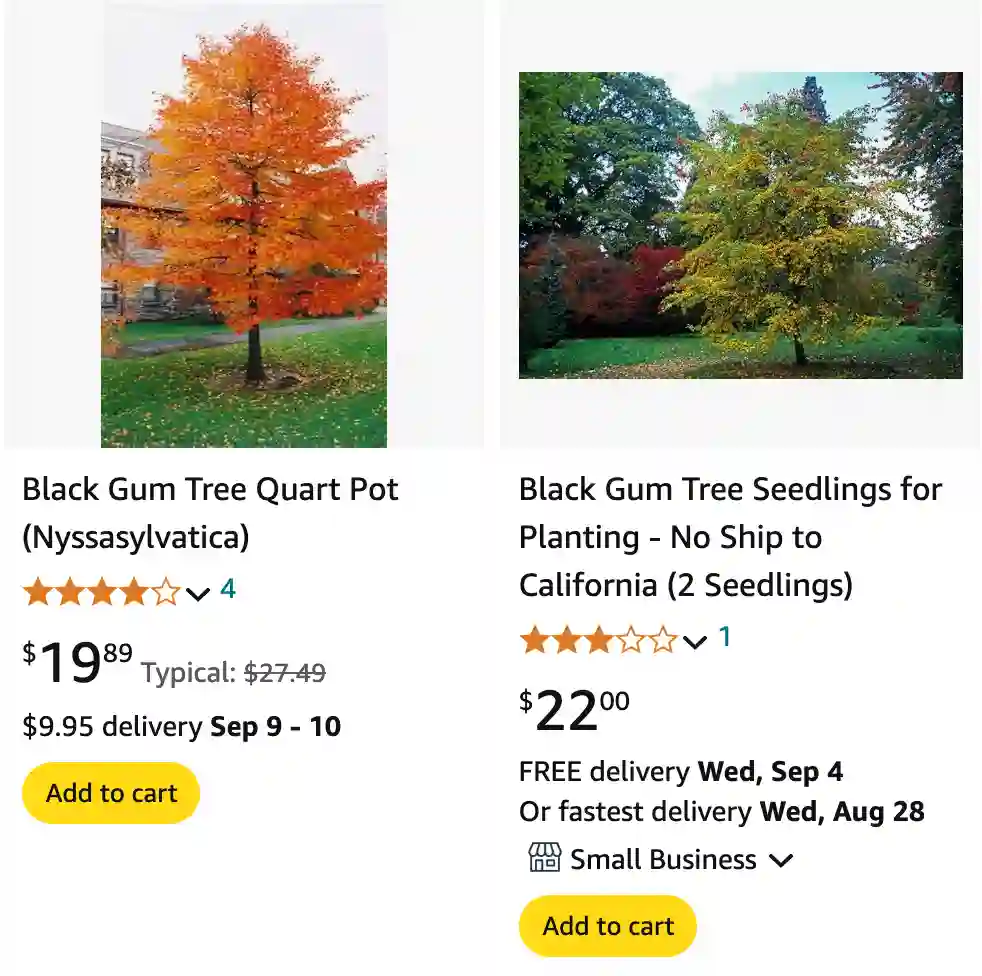
FAQs About Black Gum Trees
Black Gum, also known as Nyssa Sylvatica, is a remarkable tree native to North America, prized for its vibrant fall color and unique characteristics. If you’re curious about this tree, you’re not alone. Here are some frequently asked questions about Black Gum, answered from my own experience and research.
10 Species in Genus Nyssa
Are Black Gum Berries Edible?
Black Gum berries are not generally considered edible for humans. While they are technically safe to eat in small quantities, they are quite astringent and not palatable. Birds, however, feast on these berries, which they find quite delicious.
Are Black Gum Tree Berries Poisonous to Dogs?
The berries of the Black Gum tree are not known to be highly toxic to dogs, but they are not recommended for canine consumption. If a dog consumes a large number of these berries, it might experience mild gastrointestinal upset. It’s best to keep pets away from these berries to avoid any potential issues.
How Big Do Black Gum Trees Get?
Black Gum trees can reach a height of 30 to 50 feet and spread out about 20 to 30 feet wide. They have a relatively slow growth rate compared to other trees, but their size and beauty make them a worthwhile addition to many landscapes.
Is Black Gum Good Firewood?
Black Gum wood is not typically valued as high-quality firewood. It burns slowly and can produce a lot of smoke, which might not make it the best choice for a cozy fire. However, it is usable and can be found as firewood in areas where Black Gum is common.
Are Black Gum Tree Roots Invasive?
Black Gum tree roots are not generally considered invasive. They are known to be moderately aggressive but typically do not cause significant issues compared to other species. However, it’s always wise to monitor their growth, especially if planted near structures or other plants.
Are Black Gum Trees Messy?
Black Gum trees can be somewhat messy, particularly in the fall. They drop their leaves and berries, which can create a blanket of debris on the ground. This is a natural part of the tree’s cycle, but it’s something to consider if you’re planning to plant one near walkways or patios.
Do Black Gum Trees Drop Balls?
Black Gum trees do not drop balls. The tree produces small, dark berries that can fall from the tree, but they are not ball-shaped. The “ball” confusion might come from other tree species like the Sweet Gum, which is known for its spiky seed balls.
How Fast Does a Black Gum Tree Grow?
Black Gum trees have a slow to moderate growth rate. On average, they grow about 12 to 24 inches per year. This slower growth rate means they take time to reach their full height, but it also means they’re less likely to outgrow their space quickly.
How Much Caffeine Is in Black Gum?
Black Gum does not contain caffeine. Its primary appeal is its beautiful foliage and structure rather than any stimulant properties. If you’re looking for a source of caffeine, you’ll need to look elsewhere, like coffee or tea plants.
How to Get Rid of Black Gum?
If you need to remove a Black Gum tree, it’s best to consult a professional arborist. The process typically involves cutting down the tree and removing the stump. Black Gum trees have a deep root system, so stump grinding or chemical treatments might be necessary to prevent regrowth.
What Are Black Gum Trees Used For?
Black Gum trees are valued for their aesthetic qualities. They are often used in landscaping for their striking fall color and attractive form. The wood can also be used for various purposes, including furniture and cabinetry, although it’s not as commonly utilized as other hardwoods.
What Does a Black Gum Tree Look Like?
A Black Gum tree has a distinctive appearance. It features a pyramidal shape when young, which becomes more rounded with age. The leaves are alternate, simple, and have a glossy, dark green appearance in summer, turning brilliant red, orange, or purple in the fall. The bark is dark and can be somewhat flaky.
When Do Black Gum Trees Bloom?
Black Gum trees bloom in the spring, usually around April to May. The flowers are small, greenish-white, and not very showy. They are more noticeable for their role in producing the berries rather than for ornamental purposes.
When Do Black Gum Trees Leaf Out?
Black Gum trees typically leaf out in late spring. The exact timing can vary depending on local climate conditions, but you can expect new leaves to appear around late April to early May.
Black Gum vs. Sweet Gum
Black Gum and Sweet Gum are often confused due to their similar names and the fact that they both produce berries. However, they are distinct species with different characteristics. Black Gum (Nyssa sylvatica) is known for its beautiful fall foliage and slower growth, while Sweet Gum (Liquidambar styraciflua) is noted for its spiky seed balls and faster growth rate. The leaves of Black Gum are more glossy and rounded, whereas Sweet Gum leaves have a star-like shape and are less shiny.
How to Care for Black Gum Trees
Black Gum trees are relatively low-maintenance. They thrive in a variety of soil types but prefer moist, well-drained soil. Regular watering, especially during dry periods, will help them stay healthy. Pruning can be done to maintain shape and remove any dead or damaged branches.
How to Propagate Black Gum Trees
Black Gum trees can be propagated from seeds or cuttings. Seeds should be collected in the fall and stratified for several months before planting. Cuttings are less common but can be taken from semi-hardwood in late summer.
What to Plant with Black Gum Trees
Black Gum trees work well with a variety of companion plants. Consider planting undergrowth like ferns, shade-loving perennials, or ground covers that can thrive in the dappled shade provided by the Black Gum’s canopy.
Can You Grow Black Gum Indoors?
Black Gum trees are not suitable for indoor growth due to their size and light requirements. They are best suited for outdoor environments where they have plenty of space to grow and develop.
Benefits of Black Gum Trees
Black Gum trees provide several benefits, including aesthetic appeal with their vibrant fall colors, habitat for wildlife, and shade for landscapes. They are also relatively hardy and adaptable to different soil types.
Common Problems with Black Gum Trees
Common issues with Black Gum trees include leaf spot diseases and occasional pest problems like scale insects. Regular inspection and proper care can help mitigate these issues.
Black Gum trees are a wonderful addition to many landscapes, offering both beauty and functionality. Whether you’re considering planting one or simply curious about their characteristics, I hope these FAQs provide a helpful overview of what to expect.
If i die, water my plants!
